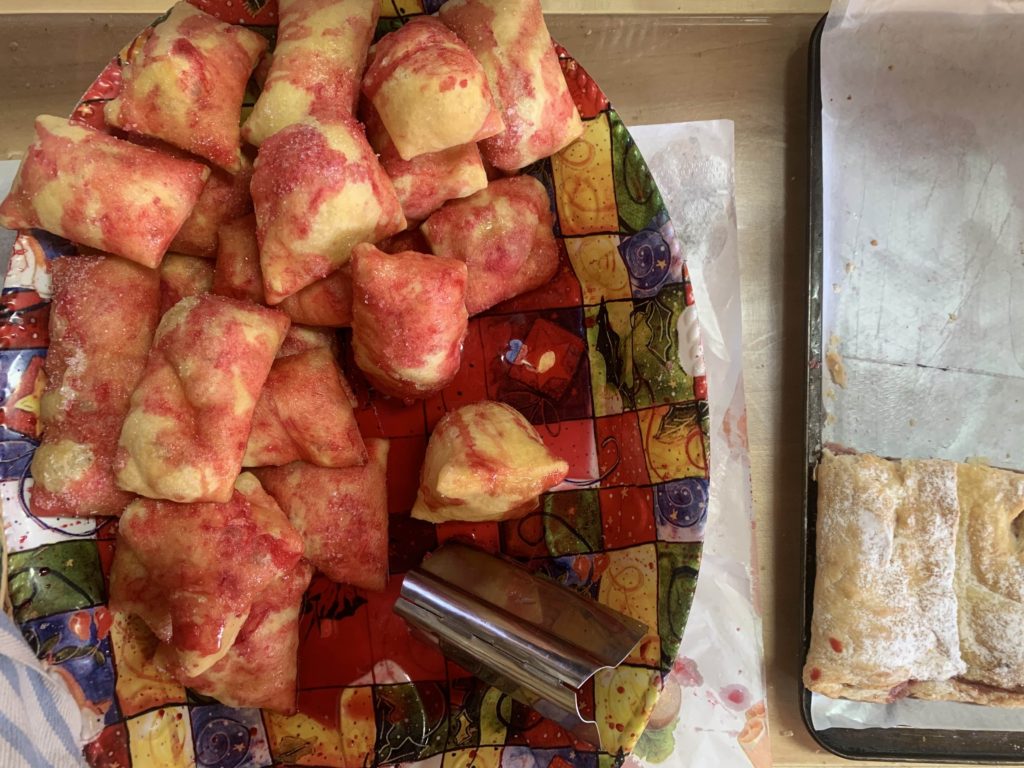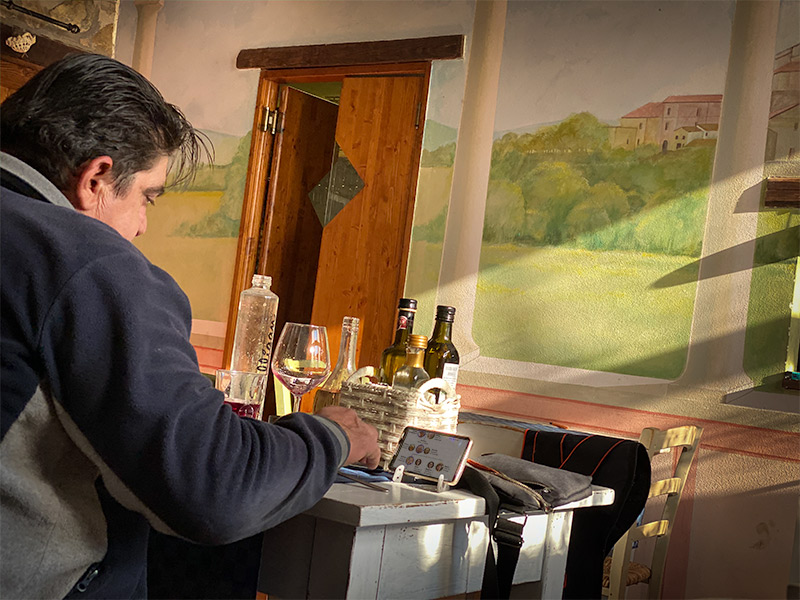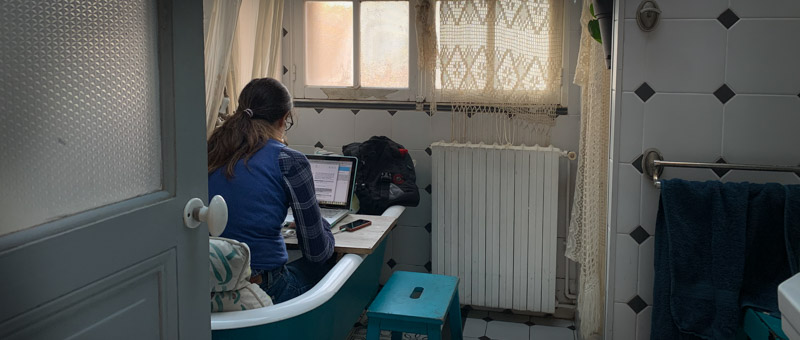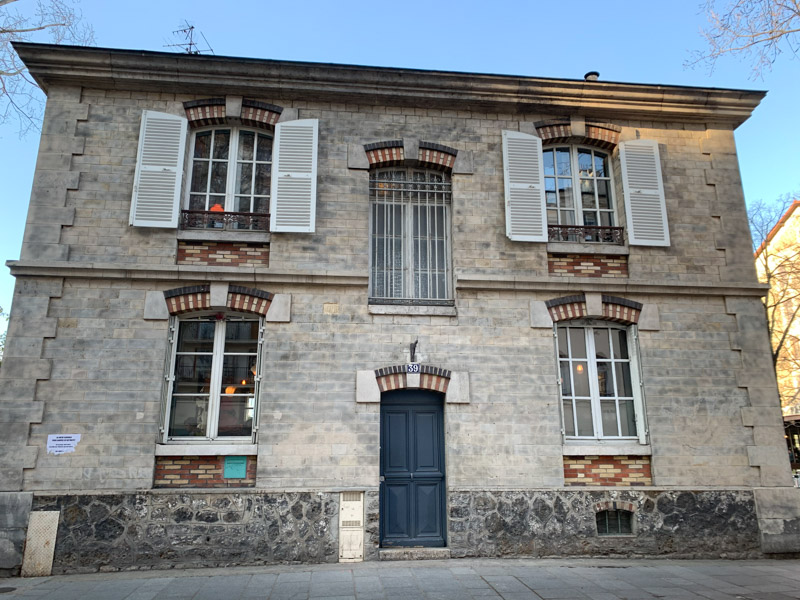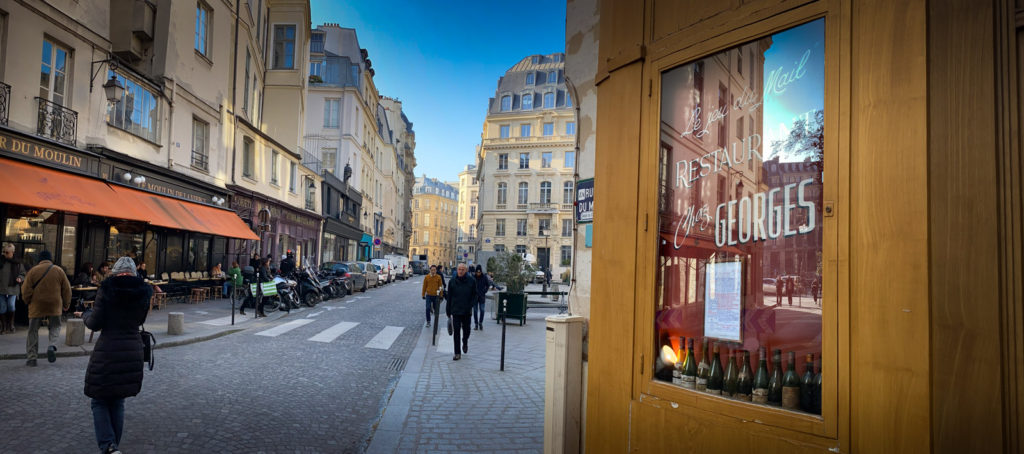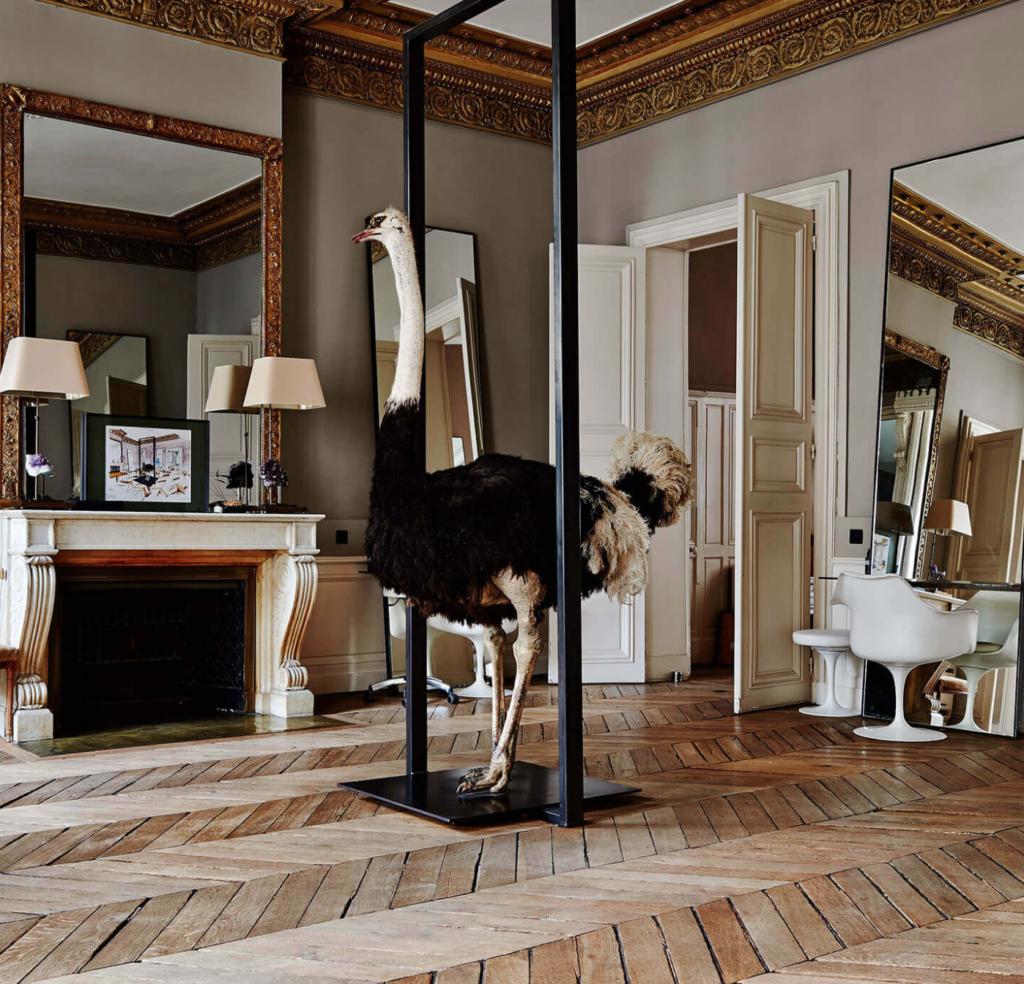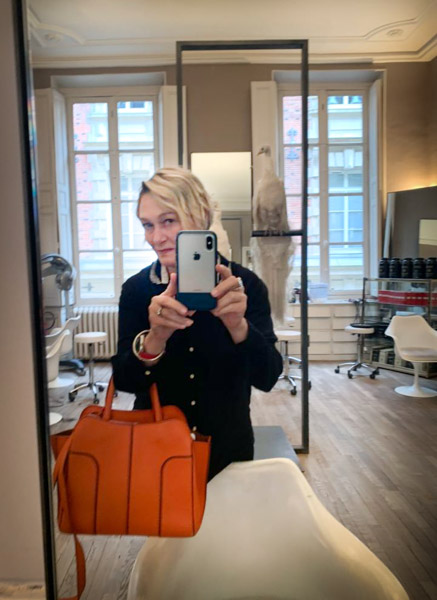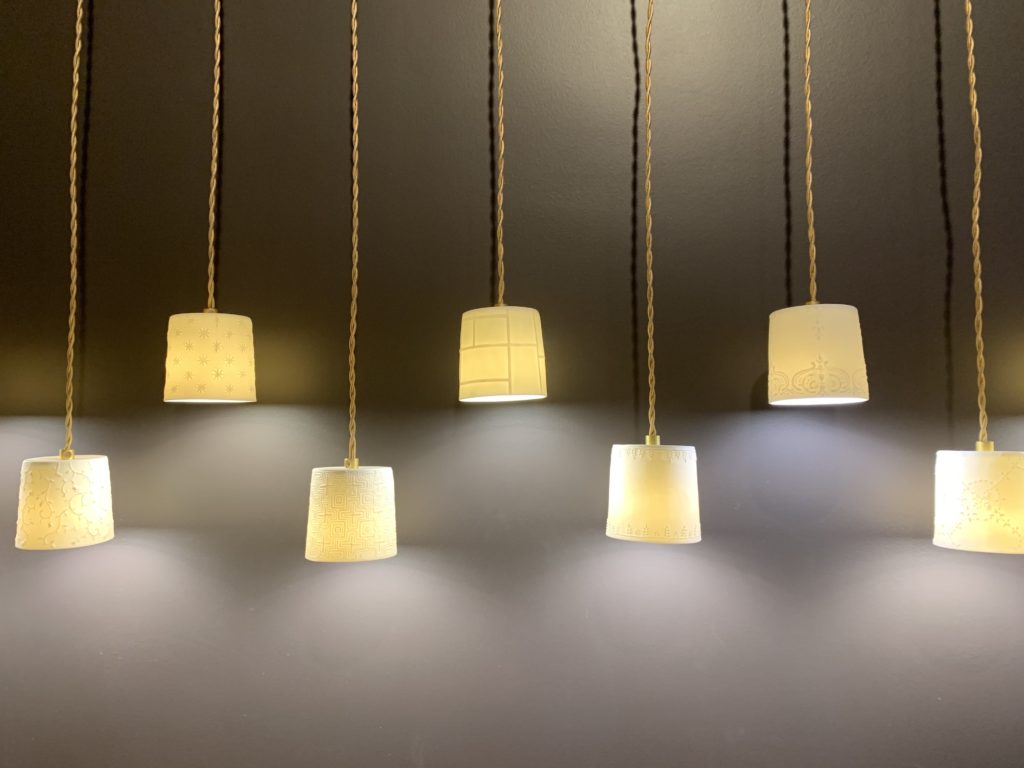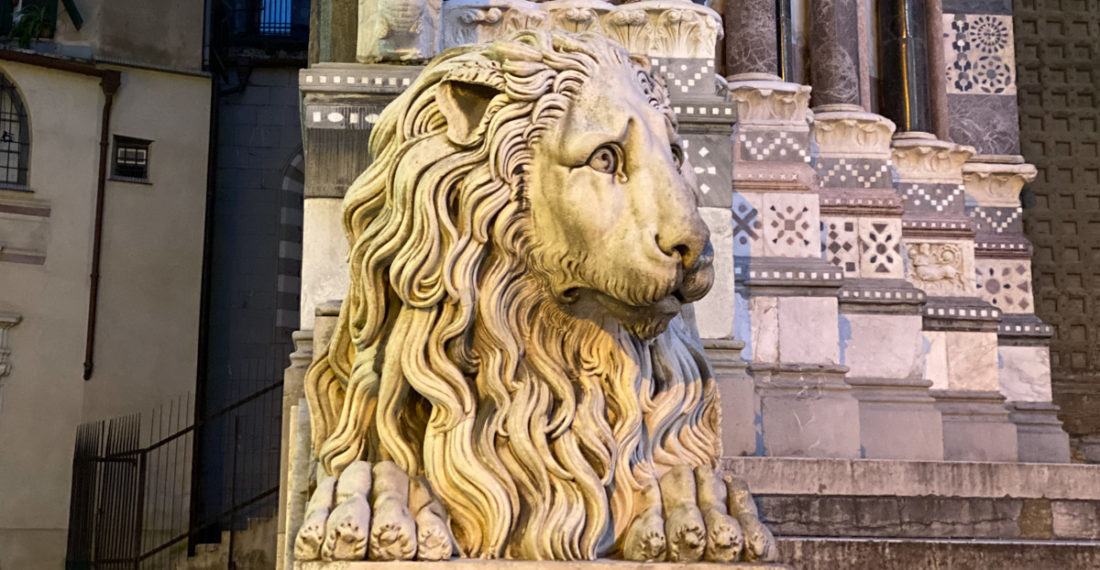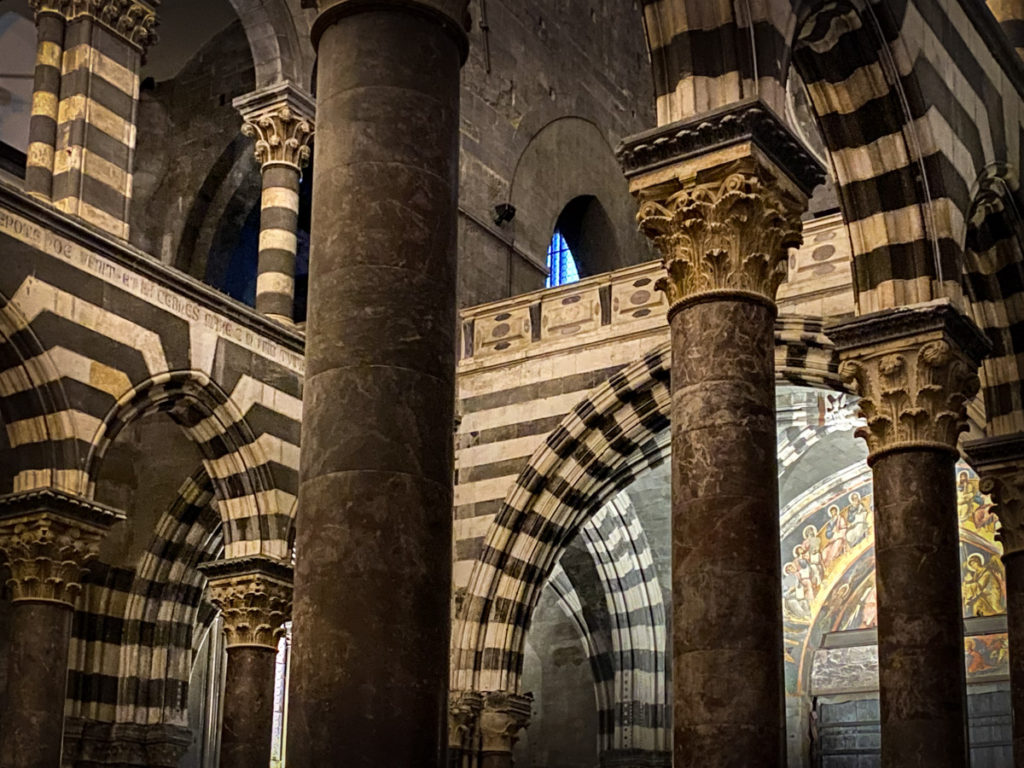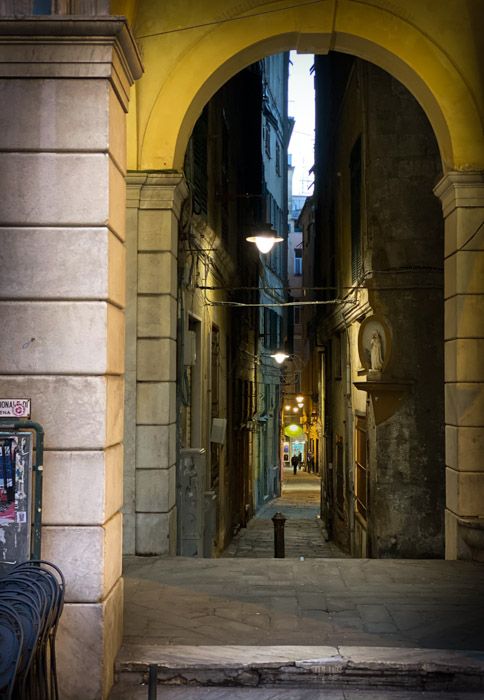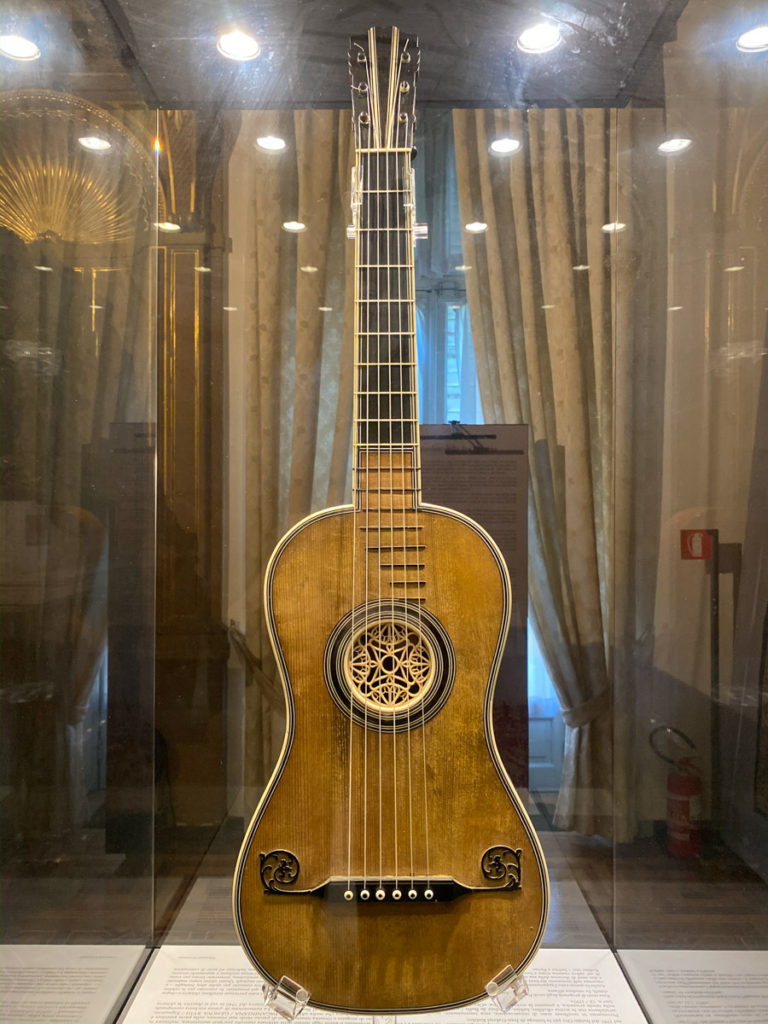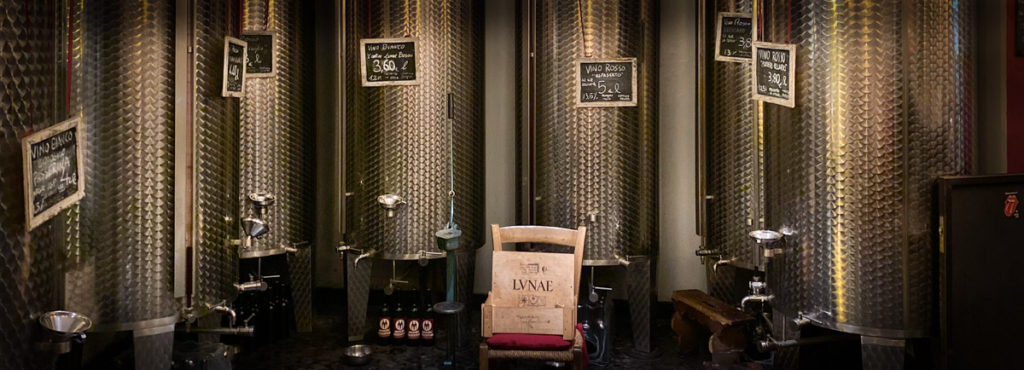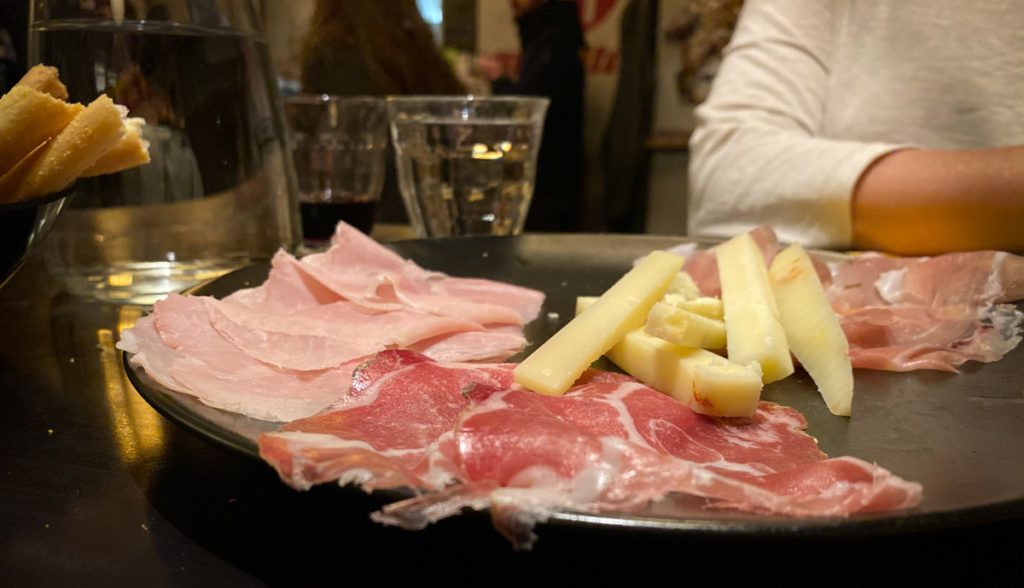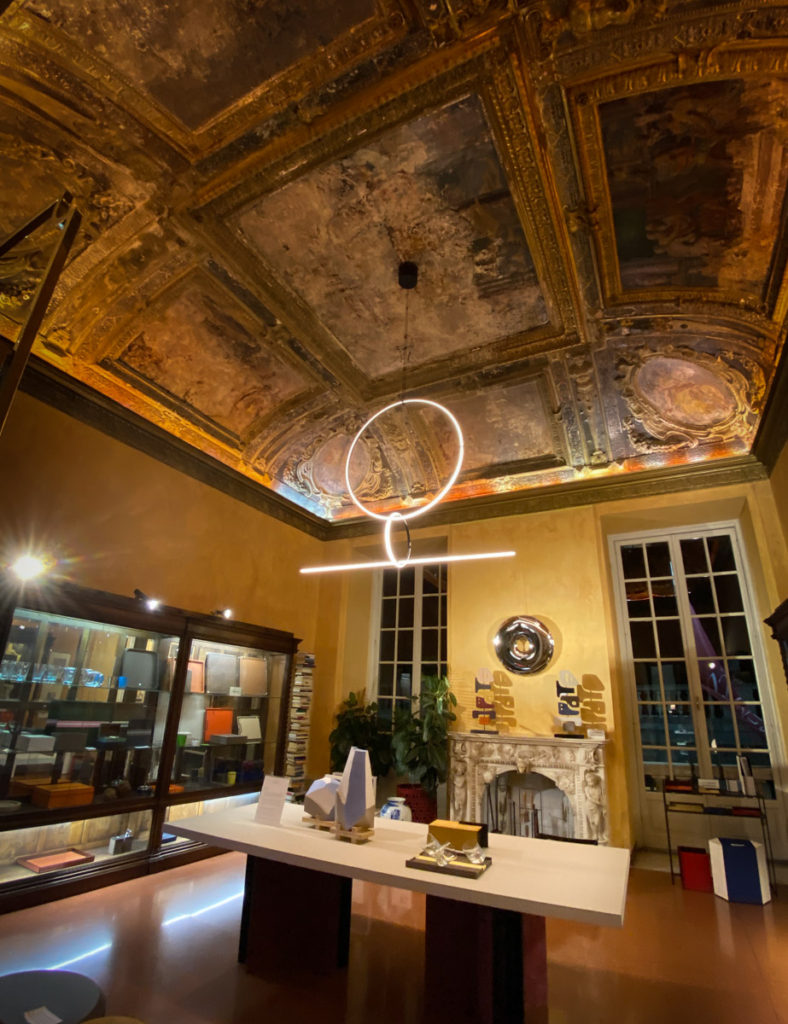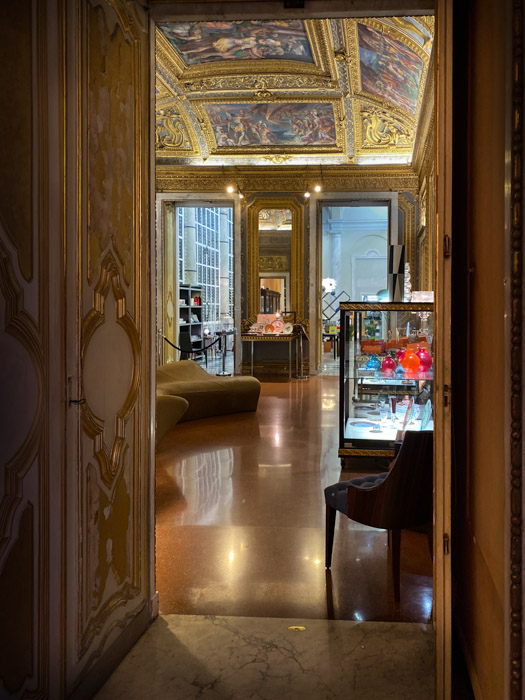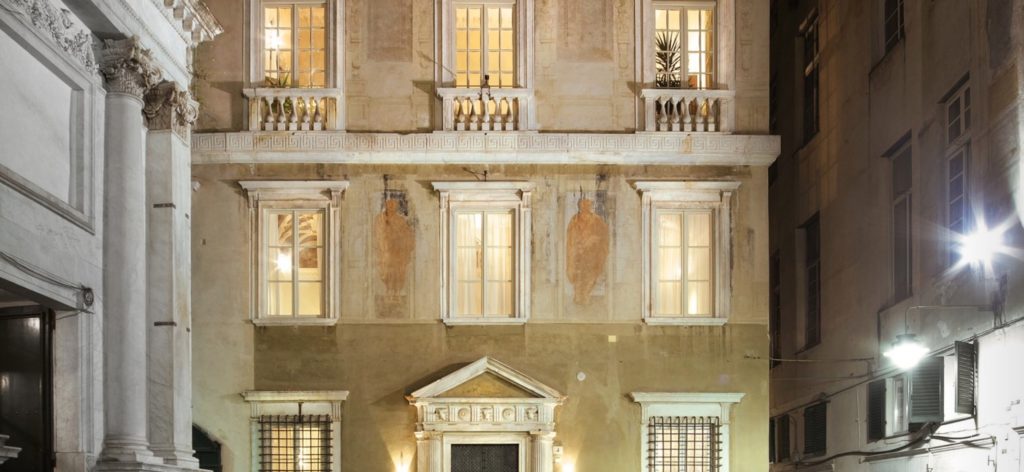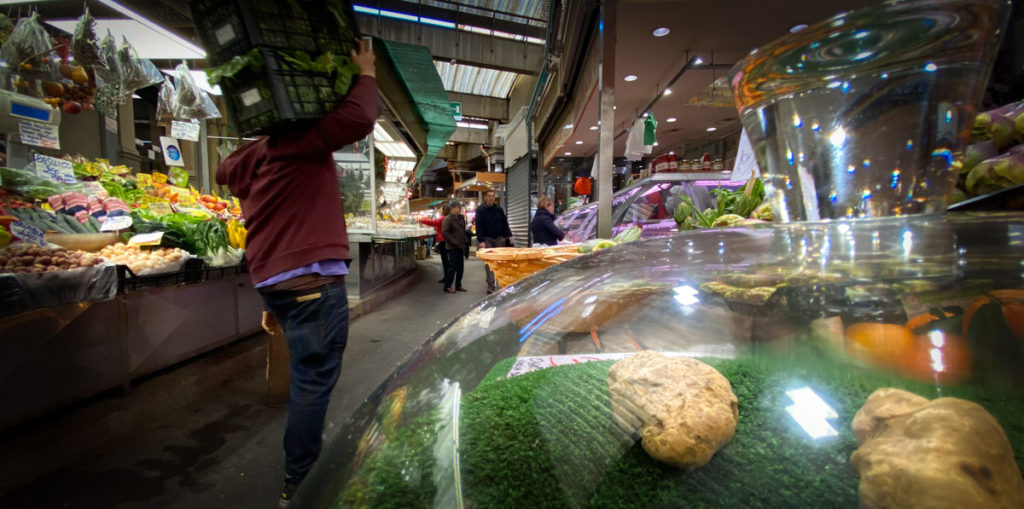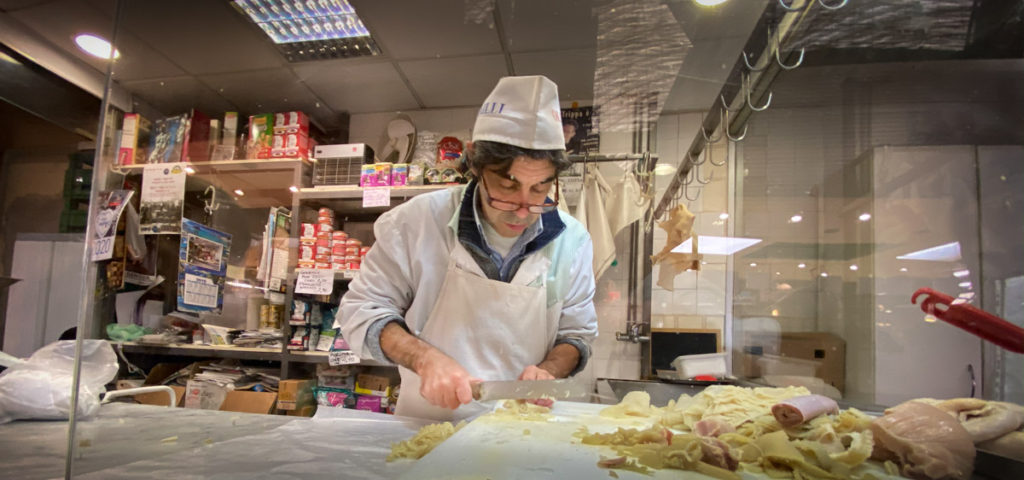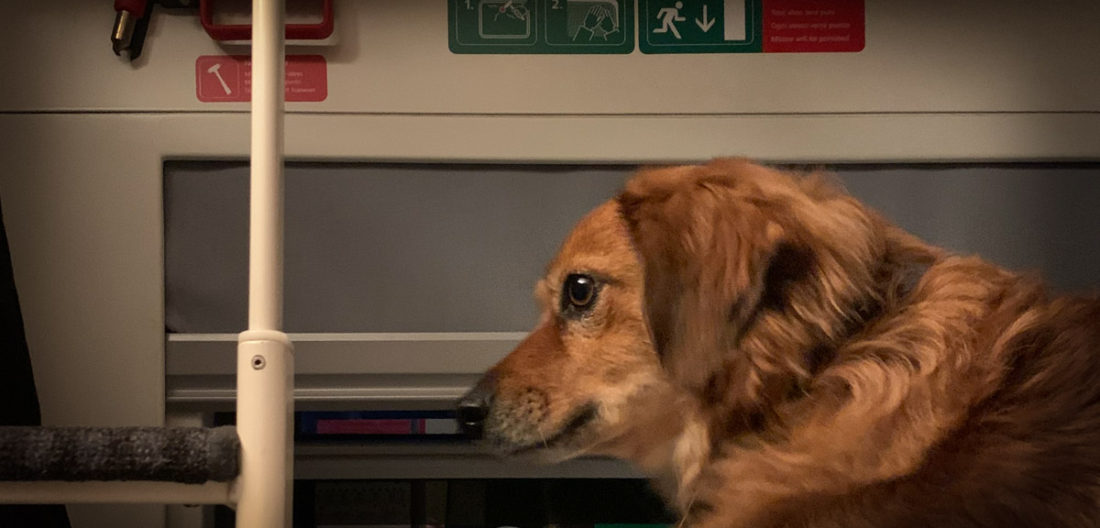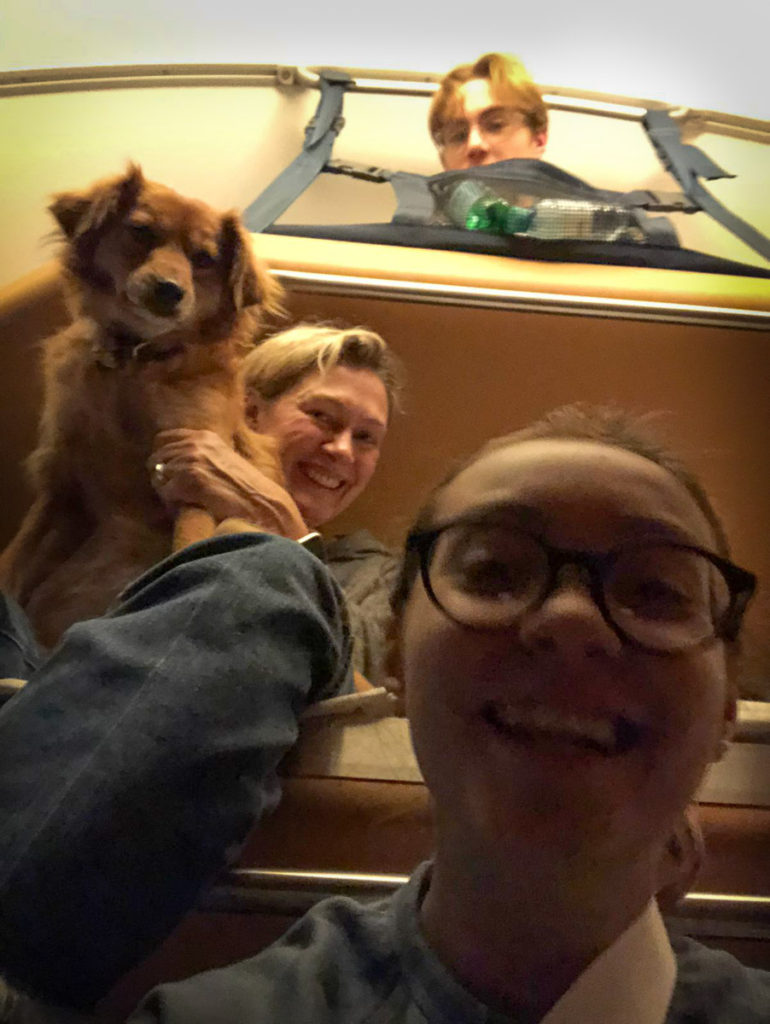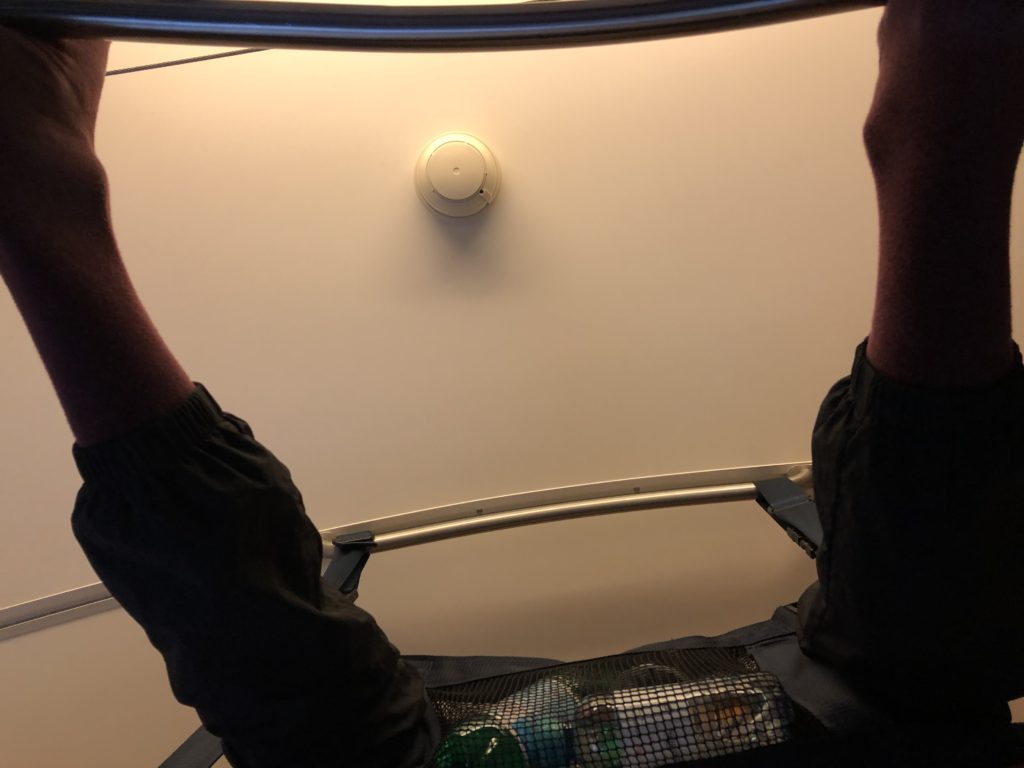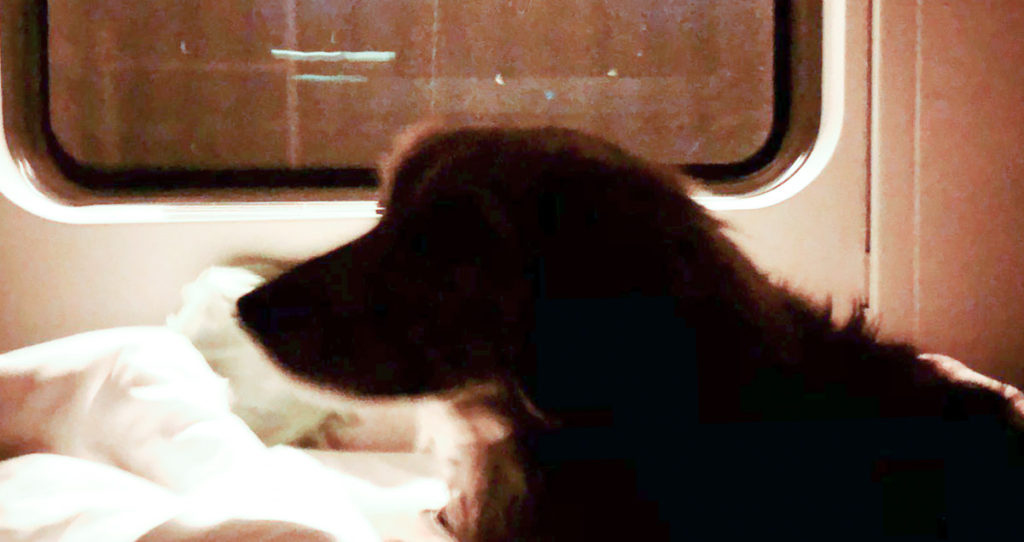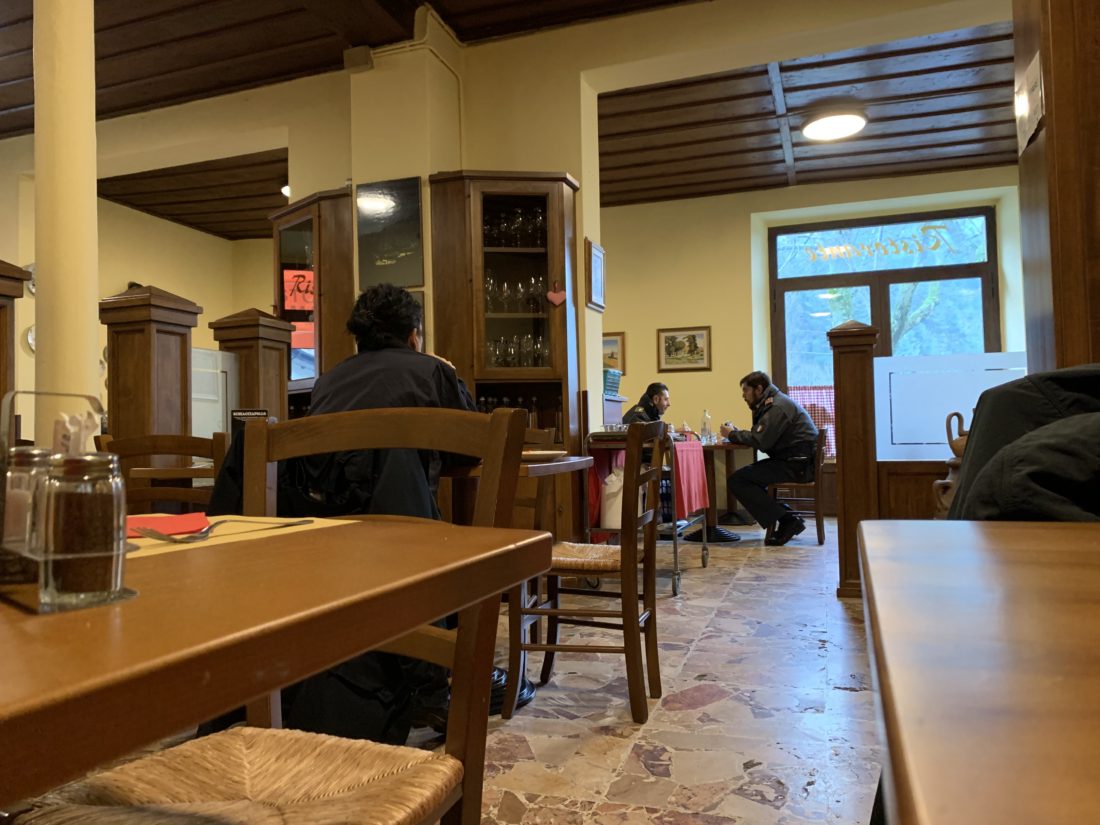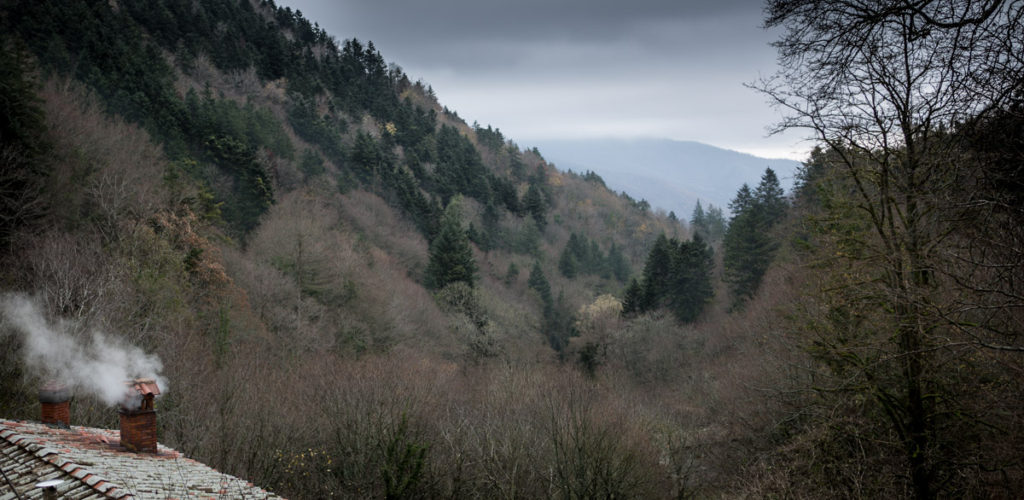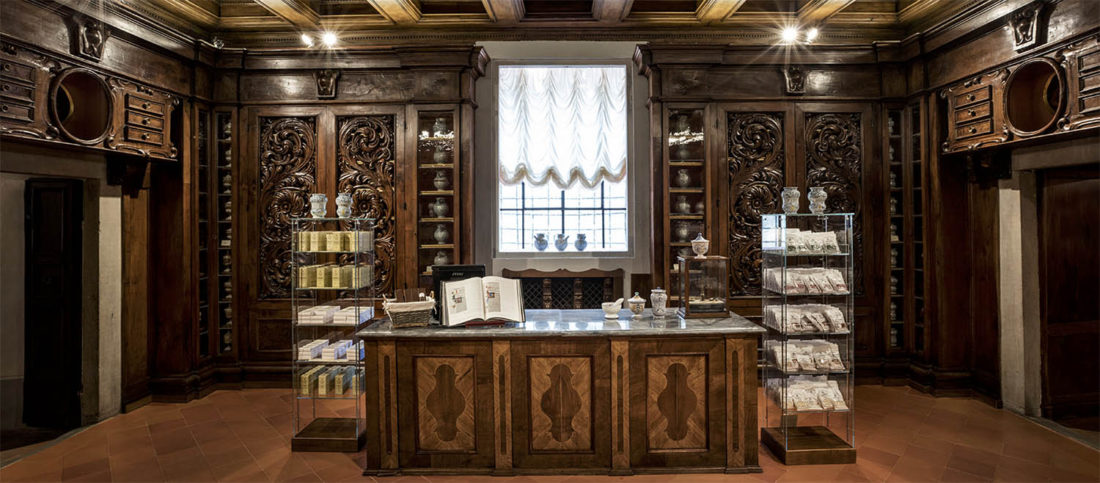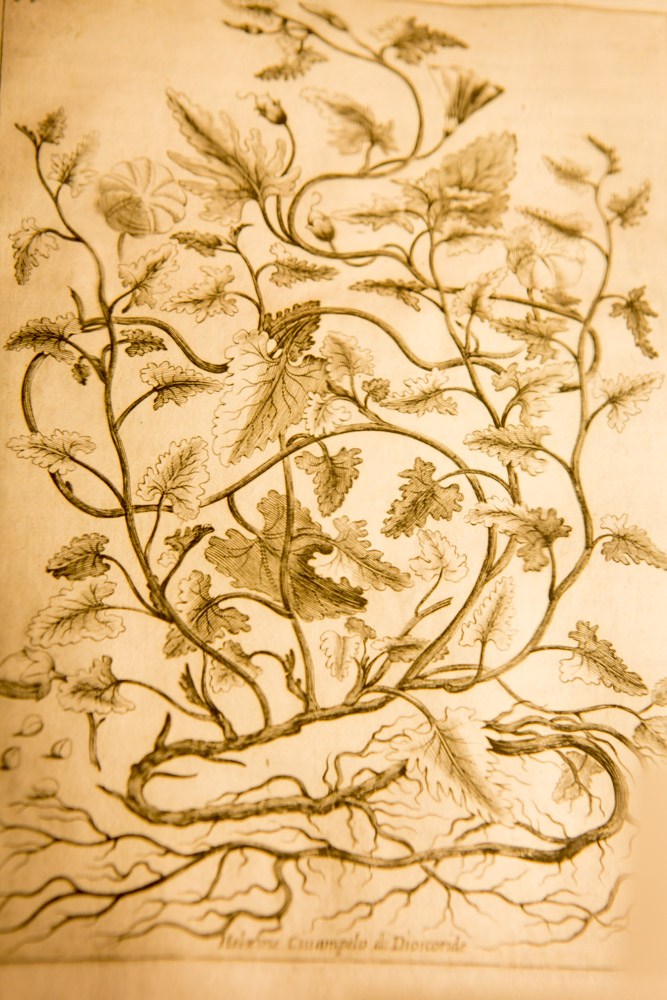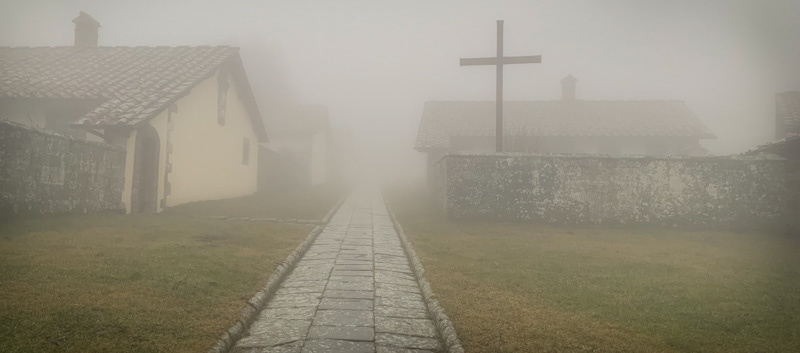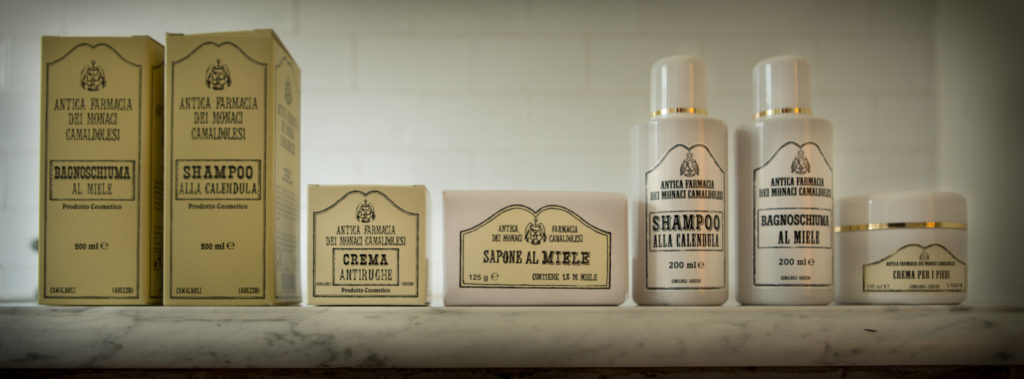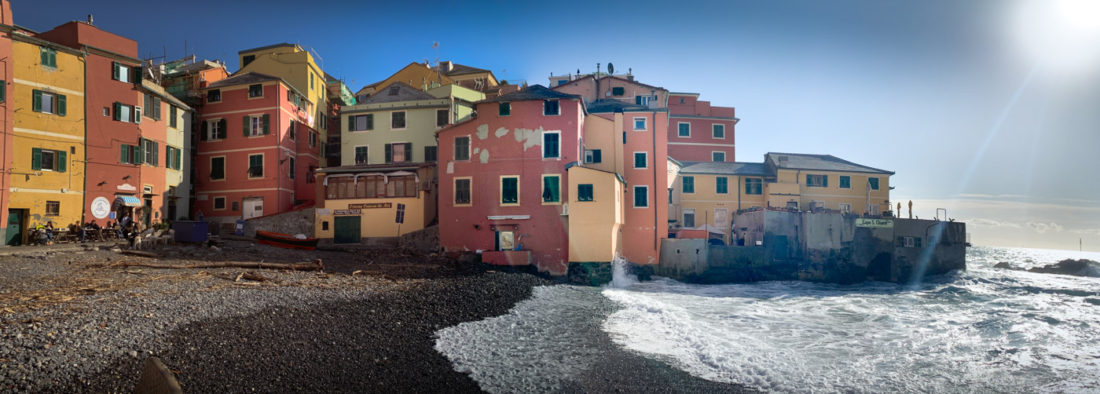The plague in Italy … and coronavirus
Italy knows a lot about plagues which has taught them to be tough when handling something like the coronavirus. Medieval hill towns were built to keep out soldiers and marauders but the walls also kept sick people inside, or protected healthy people from sick strangers who were barred at the gate. The word quarantine comes from the Italian for forty days, or quaranta giorni, the amount of time that ships were required to be isolated prior to docking in Italian ports from the middle ages on during bouts of the plague. Venice even set aside an island in 1370 and built a hospital/quarantine center for sailors from infected ships to either get better or, uh, not.
A friend of mine from Milan who has decamped to the countryside to escape the current threat in Northern Italy is fittingly rereading Boccaccio’s The Decameron, in which ten people escape Florence during the Black Death to go to the country. During their exile they decide to tell a tale each for ten days to help pass the time. (Boccaccio started The Decameron in 1349 right after the Black Death raged in Florence, killing three-quarters of the city’s population including his father and step-mother.)
Our house, which dates back to medieval times, I’m sure has seen its share of disease, and was used as a hospital for patients during the Spanish Flu of 1918-19.
I think this long history has given the Italians a certain pragmatism about epidemics. We are not anywhere near the “red zone” in the north but the risk is on everyone’s minds. I’ve been fascinated to see how it plays out in day to day life.
The first thing I’ve noticed is a lot less cheek kissing when people greet each other, something impossible to imagine a few weeks ago as it is such a universal and ingrained behavior. Bars and restaurants are as packed as ever, but there’s a slight hush and subtle movement away if anyone coughs or sneezes and people are looking at one another to judge the appropriate response. The grocery stores seem back to normal but a week ago we went to stock up a bit more than usual and the atmosphere was thick with furtive glances into other people’s shopping carts (and we were doing the same). There seemed to be a careful watch for what was excessive purchasing. Many spots in the pasta and flour sections were empty, as well as hand sanitizer.
This pragmatism is also apparent in the mass testing by the Italian health authorities, over 11,000 people so far, which has caught positive cases that have not resulted in an illness but made the overall numbers look far worse than other countries that are not being as proactive. The speed with which lockdowns have been imposed on towns at the center of the outbreak was impressive, with people still unable to leave their community, although movement within the towns has freed up in recent days.
This is taking a significant toll on the economy with 200 million of euros of travel bookings cancelled — and tourism is 13% of Italy’s GDP.
Am I scared? Yes and no. Like people everywhere we’ve been increasing our handwashing, bacterial wipes, practice of not touching faces, etc. but I’m not too stressed about it, taking my cues from the people around me. I think we all realize it is highly likely to spread further in Italy, but that we will get through this together. Italy has seen worse.







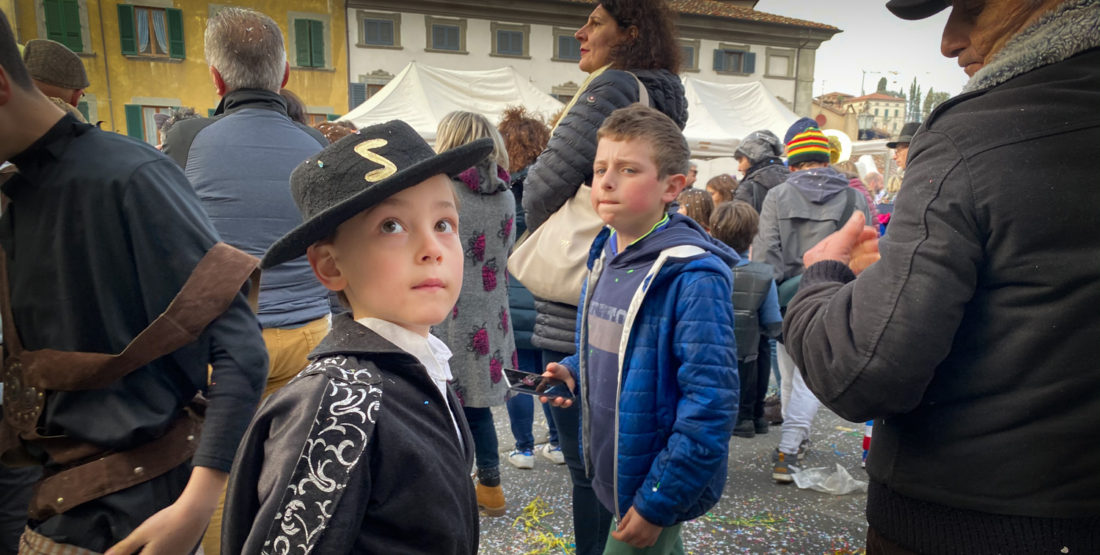
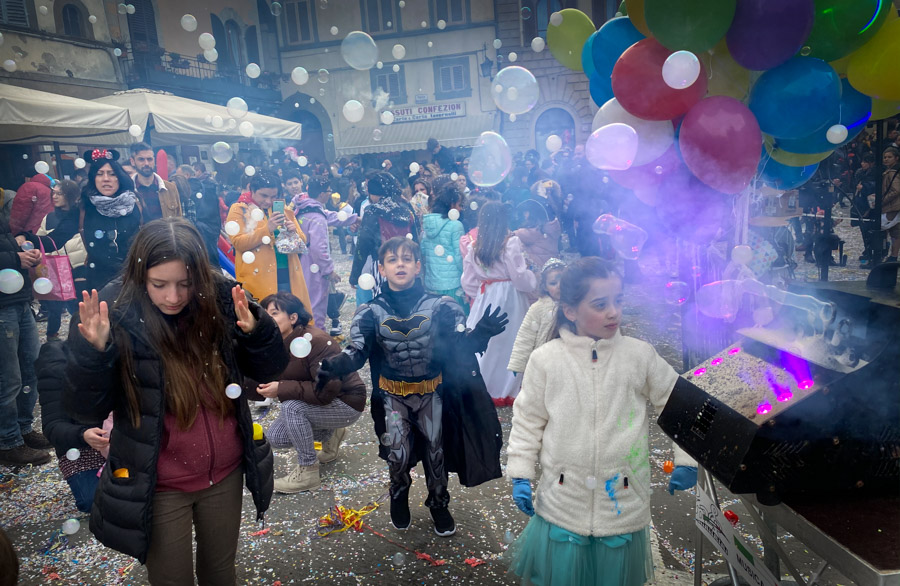
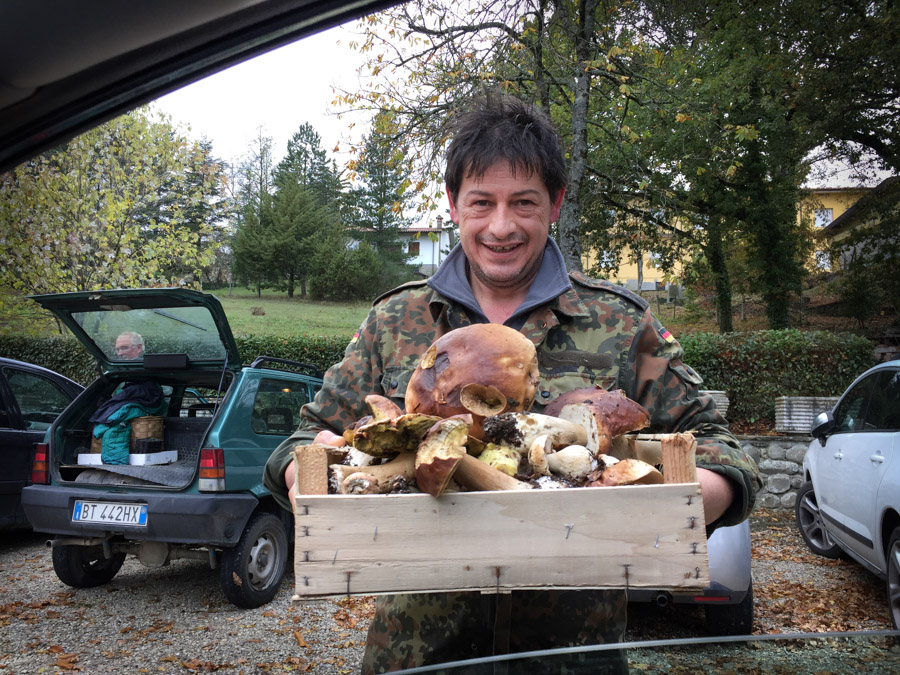
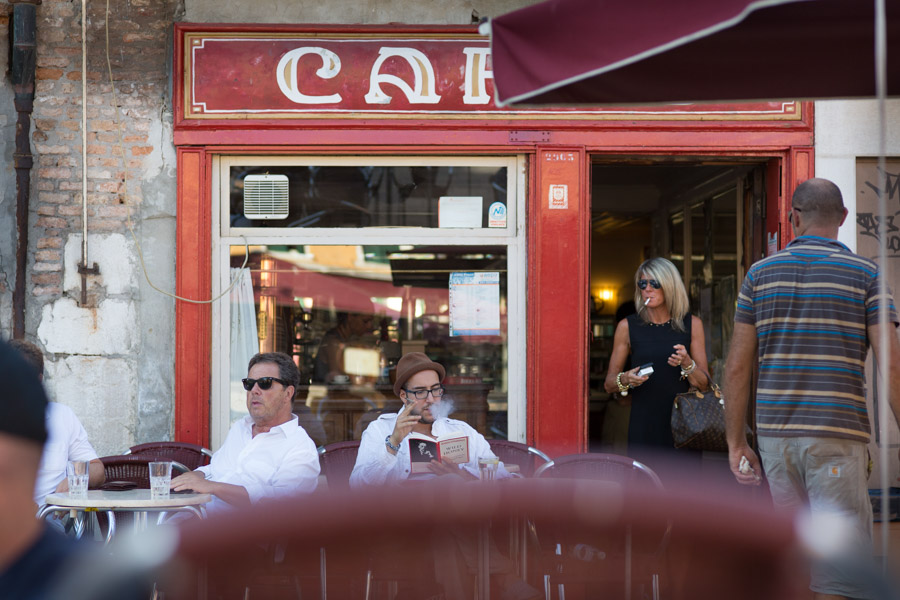
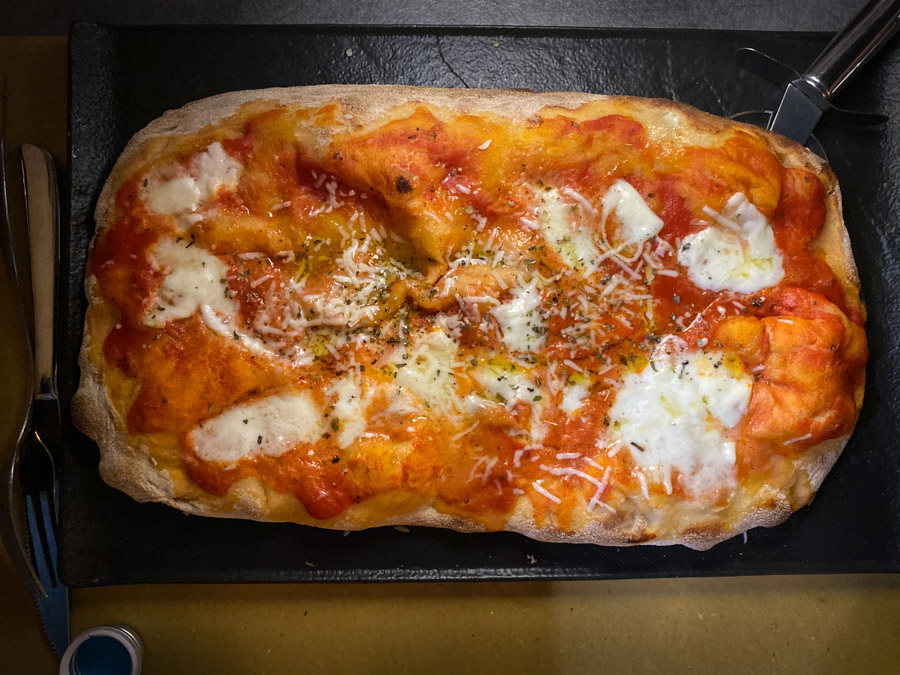
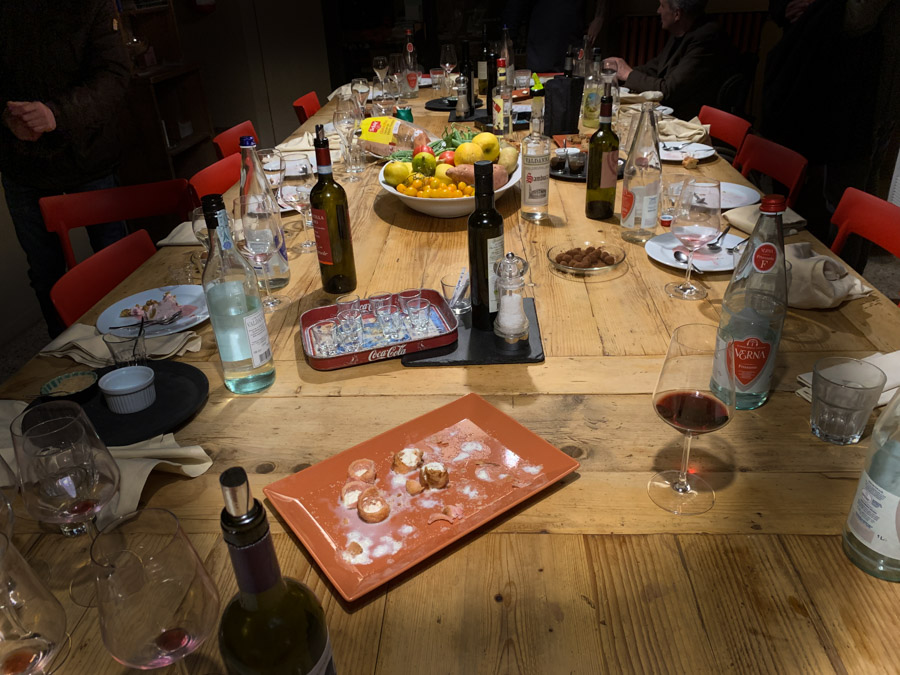
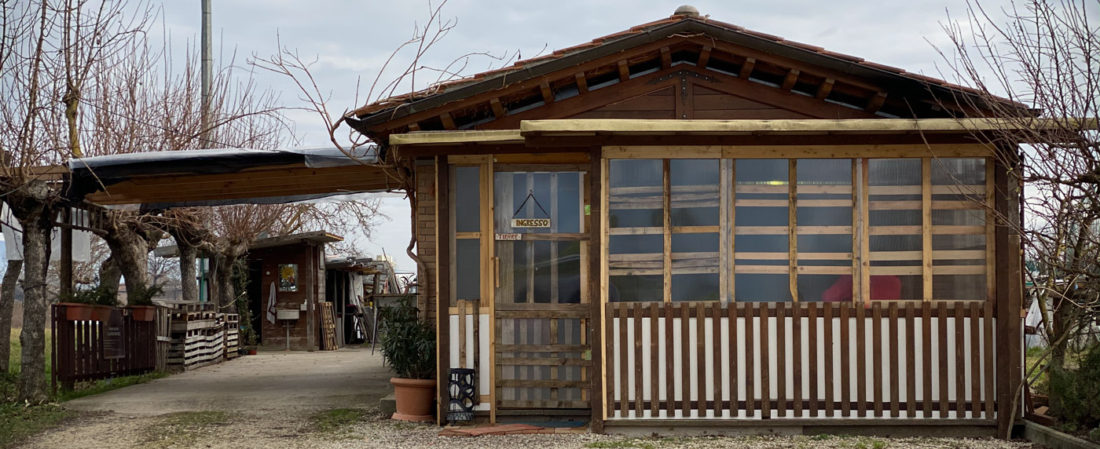

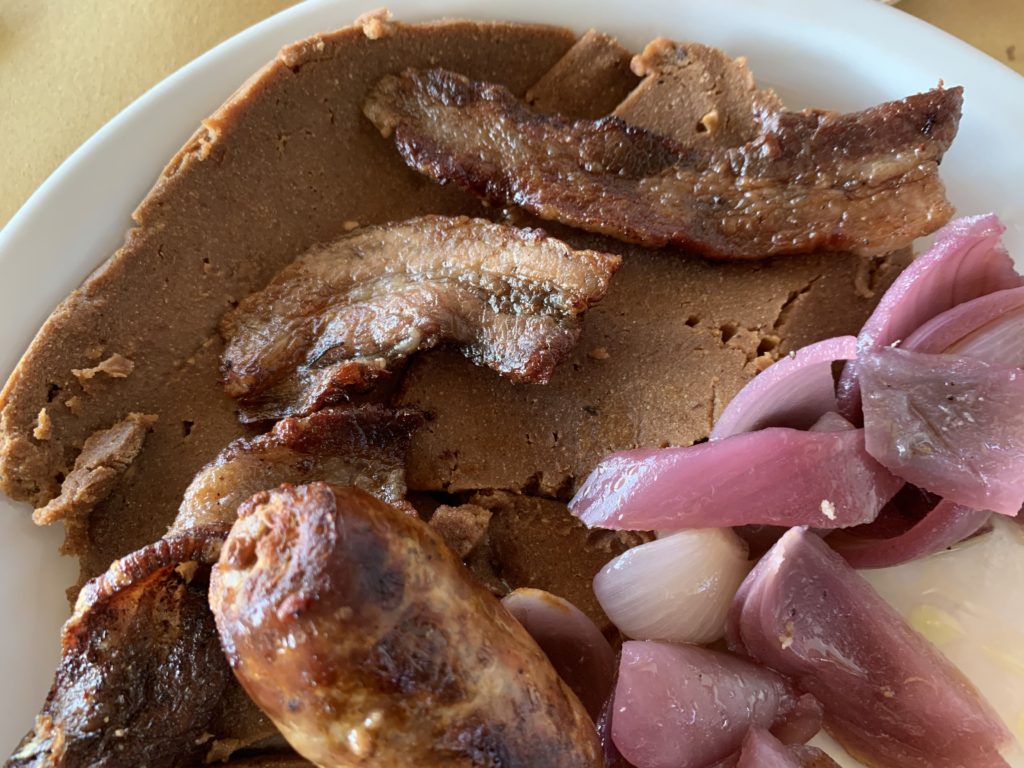 The sausage and pancetta from the pig were delicious, as were the onions. The chestnut polenta was not as bad as expected, much better than the castagnaccio dessert, even though it had a strong resemblance to Play Dough gone wrong. But I did not opt for the sweet version of the chestnut polenta, served with ricotta, for dessert. Instead I ordered the classic ramp up to carnevale and Lent Tuscan dessert, castagnole, which are bits of dough that are fried and around here often stained with runny dark red sugar (Christ’s blood?).
The sausage and pancetta from the pig were delicious, as were the onions. The chestnut polenta was not as bad as expected, much better than the castagnaccio dessert, even though it had a strong resemblance to Play Dough gone wrong. But I did not opt for the sweet version of the chestnut polenta, served with ricotta, for dessert. Instead I ordered the classic ramp up to carnevale and Lent Tuscan dessert, castagnole, which are bits of dough that are fried and around here often stained with runny dark red sugar (Christ’s blood?).